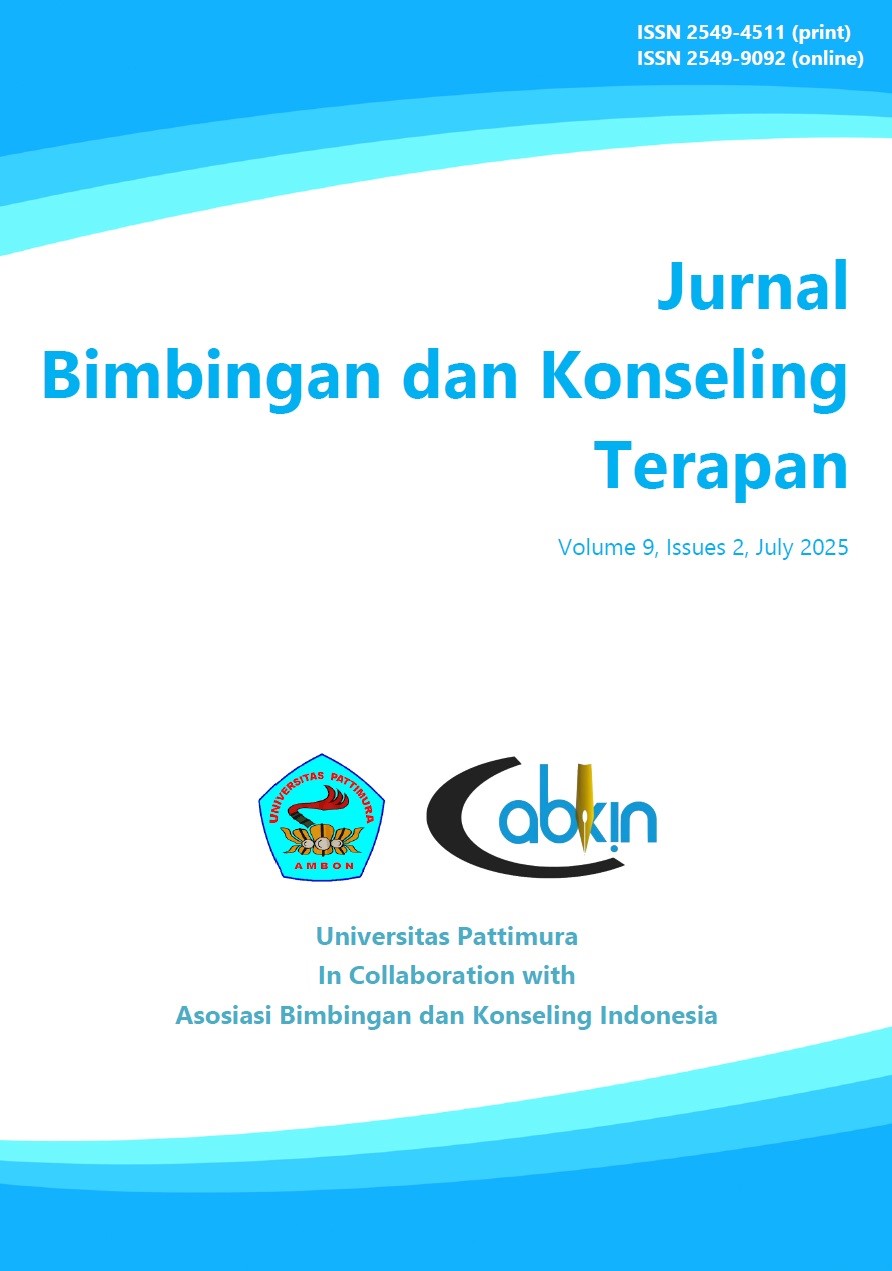Effectiveness of Dark Chocolate Therapy in Reducing Primary Dysmenorrhea among Adolescents: Implications for Midwifery Education Practice
Abstract
Primary dysmenorrhea is a prevalent problem among adolescent girls, often leading to impaired school attendance and reduced academic performance. While pharmacological treatments exist, their side effects and limited accessibility have prompted interest in non-pharmacological alternatives. This study aimed to evaluate the effect of dark chocolate supplementation on the intensity of primary dysmenorrhea pain among female adolescents aged 12–15 years at SMP Negeri 1 Wagir, Malang. Employing a pre-experimental one-group pretest–posttest design, 34 students meeting strict inclusion criteria received 35g of dark chocolate (≥70% cocoa) daily for three days, with pain intensity assessed before and after the intervention using the Numeric Rating Scale (NRS). The results showed a marked reduction in menstrual pain: prior to intervention, 62% experienced mild, 35% moderate, and 3% severe pain, while post-intervention, 59% reported no pain and none remained in the severe category. The Wilcoxon signed-rank test confirmed a statistically significant decrease in pain scores (p < 0.05). In conclusion, dark chocolate supplementation significantly reduced primary dysmenorrhea pain in early adolescent girls. This research highlights the potential of dark chocolate as a safe, acceptable, and accessible non-pharmacological intervention suitable for integration into school health and midwifery education programs. Future studies should explore longer intervention periods, larger populations, and comparisons with other non-pharmacological therapies to optimize menstrual pain management strategies.












